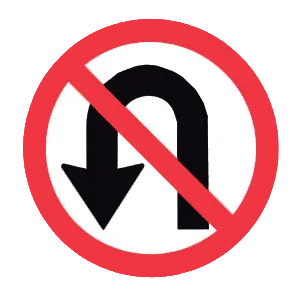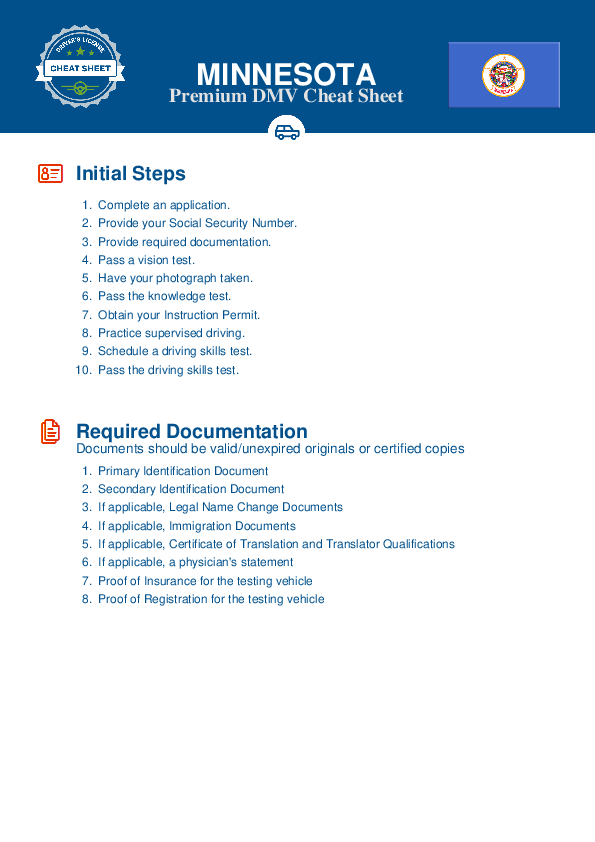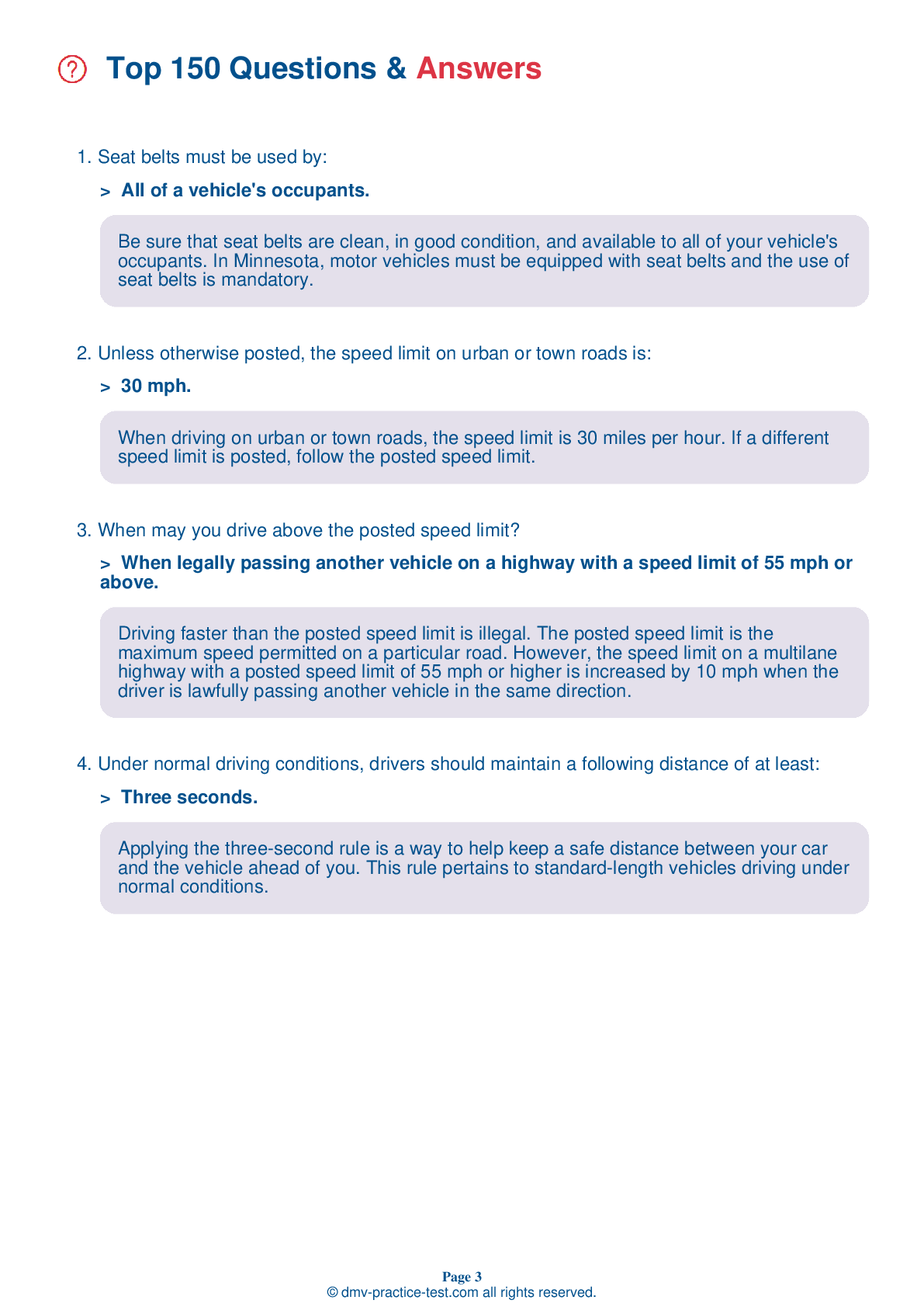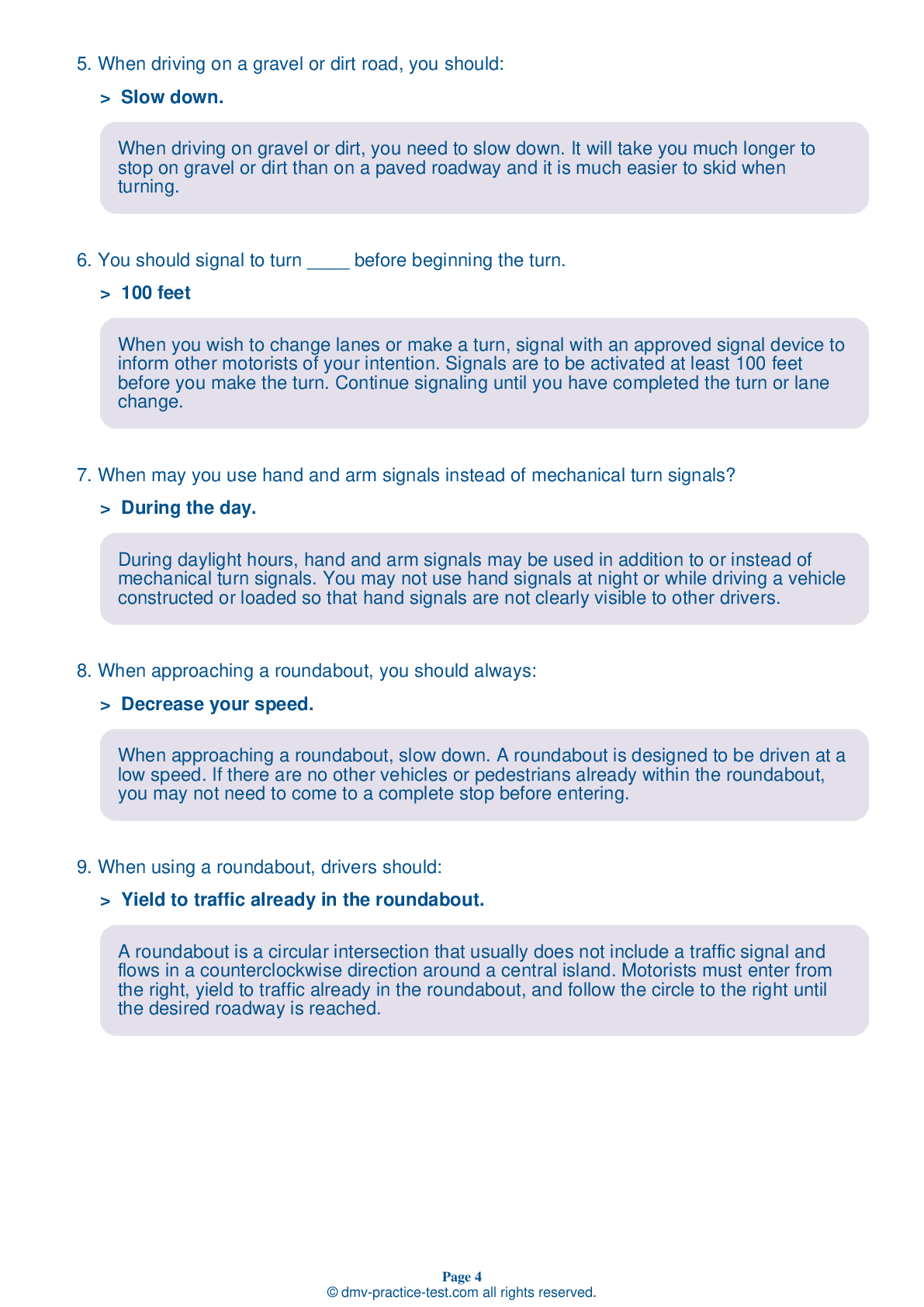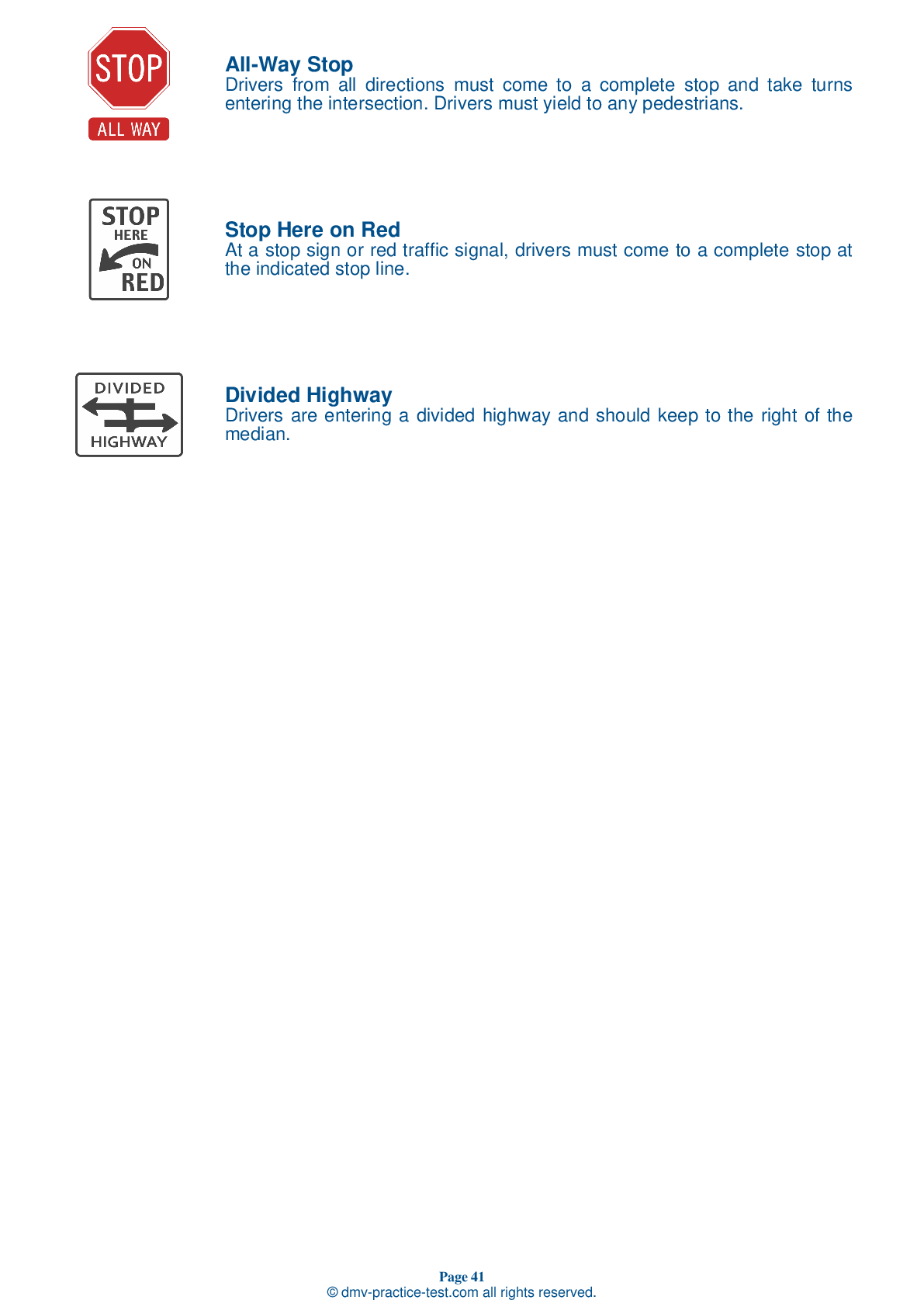FREE Minnesota DMV Practice Test #17
The Minnesota DMV practise examinations have been updated for January 2025. It includes questions based on the Minnesota Driver Handbook's most essential traffic signals and laws for 2025. Use actual questions that are very similar (often identical!) to the DMV driving permit test and driver's licence exam to study for the DMV driving permit test and driver's licence exam.
On the practise exam, each question gets a tip and explanation to help you remember the concepts. The written component of the official Minnesota DMV test will include questions about traffic rules, traffic signs, and driving statutes, as well as knowledge from the Driver Handbook.
To obtain a passing grade, you must correctly answer 32 of the 40 questions. To help you prepare for your instruction permit or driver's licence, take our Minnesota DMV practise test.
The DMV exam is available in several languages.
Using any kind of testing assistance will result in an automatic fail, and the DMV may take additional action against your driver's licence, so stay away from it.
1 . You must yield for emergency vehicles:
You must yield the right-of-way to any emergency vehicle that is using its siren or flashing lights.
2 . A motorist making a left turn at an intersection must yield the right-of-way to a bicyclist entering the intersection from the opposite direction.
When turning left at an intersection, you must yield to oncoming bicycles in the same manner that you would yield to oncoming motor vehicles. Keep your wheels straight while waiting to turn and proceed when the way is clear of traffic and pedestrians.
3 . Drivers must yield to a pedestrian:
Drivers must always yield to pedestrians in the street, even if they are crossing against a red light or are otherwise being careless.
4 . You may avoid the risks of alcohol-related crashes by:
The only way to avoid the risks of drinking and driving is to decide before you start drinking that you are not going to drive. Because alcohol affects your judgement, it will be harder for you to make safe decisions after you have started drinking.
5 . If worried, nervous, angry, or crying, a driver:
You may not be able to drive well if you are worried, excited, crying, angry, or depressed. Emotions can distract you from your driving because your mind is focused on something else. Take time to calm down and get focused before driving.
6 . Where may drivers make a U-turn?
A U-turn is a 180-degree turn resembling the shape of the letter U and reversing the direction of travel. You may not make a U-turn unless you can do so safely and without disrupting other traffic.
7 . Blood alcohol content (BAC) depends on each of the following, except:
Your blood alcohol content (BAC) depends on how much alcohol you drink, how much time passes between drinks, and your weight. It is not affected by the type of alcoholic beverages you drink, your level of physical fitness, or how well you can "hold your liquor."
8 . This sign means:
